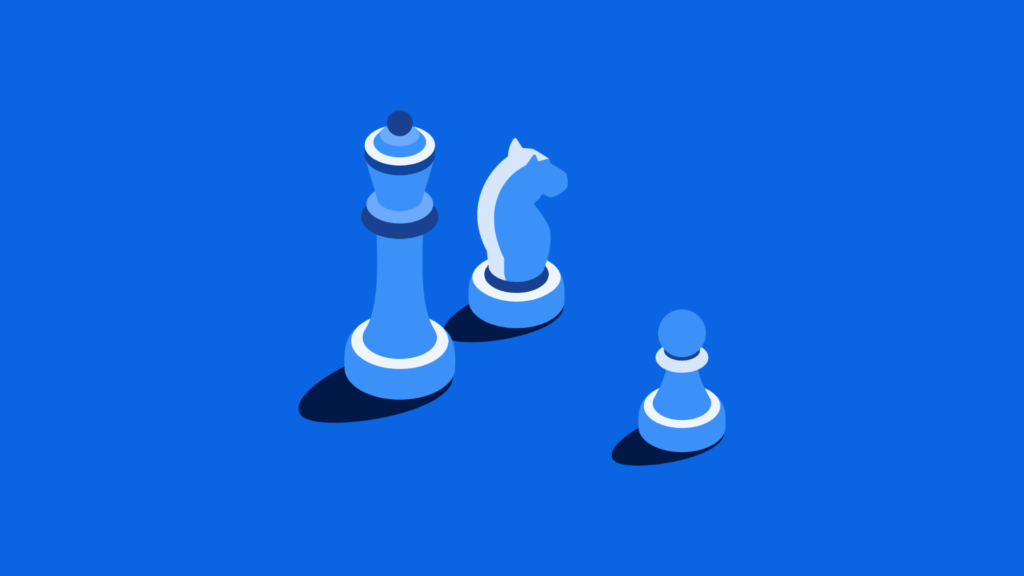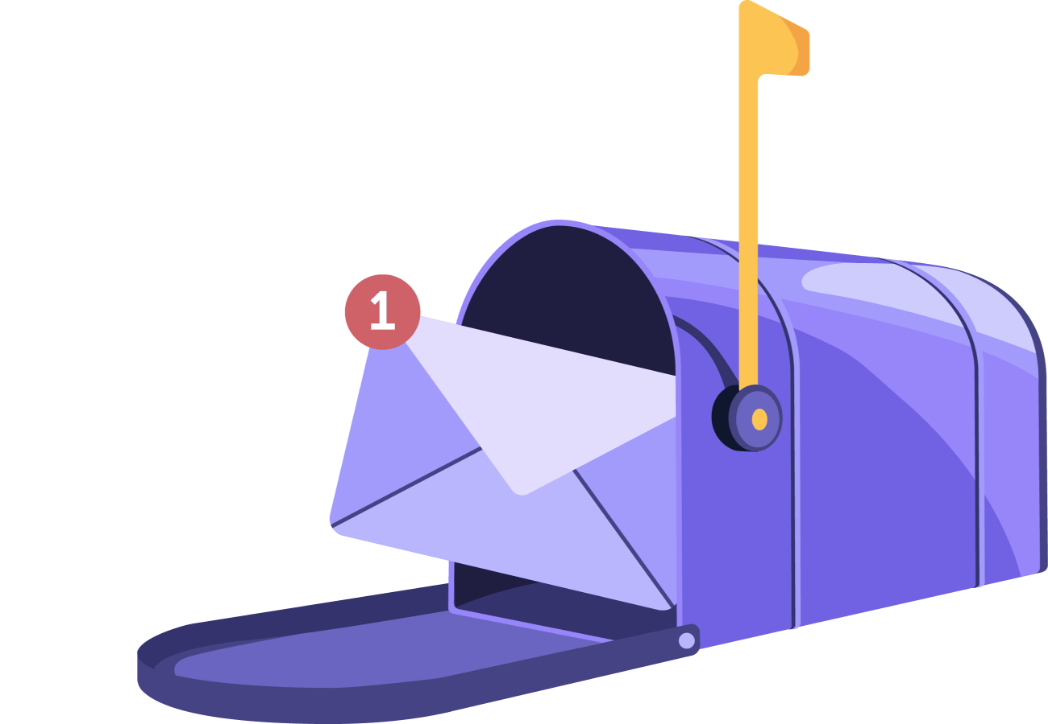At Mouseflow, we work with teams across industries who realize that behavioral data isn’t just for post-signup optimization. It’s equally powerful for helping prospects understand value before they ever convert. If you’re not optimizing both the “before” and “after” of your digital experience, you’re missing half the story.
This two-phase framework helps you optimize both ends of the user experience: before signup, where education and clarity win trust, and after signup, where conversions and loyalty drive real business impact. Together, they create a perfect user experience that boosts outcomes at every step.
Phase 1) Before Signup: Optimize for Attention and Education
This is where your users first show up, the education phase. They’re not ready to buy, they’re trying to understand. So, your job here isn’t to sell. It’s to show. That means your content, value props, and navigation all need to speak fast and clearly.
What to focus on:
- Are key messages being seen? Attention Heatmaps show where eyes land, what gets ignored, and how far users scroll.
- Are users flowing as intended? Journey Analytics lets you compare your designed funnel vs. real user paths. Spot unexpected detours and exit points.
- What content blocks conversion? “Dead zones” on pages highlight content that gets skipped. Move or rewrite them.
- Where’s the confusion? Navigation issues, inconsistent messaging, and poor CTA placement are often invisible to traditional analytics.
BSH had dozens of educational sites, and they used Mouseflow heatmaps and journeys to validate content placement, measure engagement, and spot inconsistencies across regions. That clarity fueled faster site improvements, and stakeholder alignment.
Why this phase matters:
If you’re running SEO, content marketing, or paid campaigns, this is your proving ground. Behavior analytics ensures your audience finds what they came for, so they stick around.
Phase 2) After Signup: Drive Conversions and Loyalty
Once a user signs up, the goals change. This phase is about momentum. The key is to reduce friction to ensure your users stay engaged, and make their experience worthwhile.
What to focus on:
- Track conversion blockers: Conversion Funnels and Session Replay show where users drop off, and why. Replay drop-off points to watch exactly what failed.
- Fix what frustrates: Friction Detection flags issues like rage clicks, JS errors, and slow-loading elements.
- Ask at the right time: Feedback Surveys triggered by inactivity, failed submits, or rage clicks help you capture in-the-moment insight.
- Improve forms that slow users down: Form Analytics surface fields with high abandonment or hesitation rates.
RAINS used Mouseflow to optimize their checkout flow. They identified problem fields, removed friction, and saw a 10.8% lift in conversions, without changing their ad spend.
Why this phase matters:
Post-signup UX is often the most expensive to fix, because it’s where most product and growth teams assume things are “good enough.” But behavior shows otherwise.
Why Split the Strategy?
Most websites treat the user journey as a funnel. But it’s really two different mindsets:
- Before signup: users are evaluating, learning, deciding
- After signup: they’re acting, solving, and assessing value
By splitting your strategy into these two phases, you match what your users actually need, and when they need it. That means better UX, fewer drop-offs, and more meaningful conversions.
It’s behavior analytics mapped to intent, and it works.
| Key Goal | Tools | Metrics | |
| Before Signup | Educate, engage, retain | Heatmaps, Journeys, Feedback | Scroll depth, exit rate, content visibility |
| After Signup | Convert, retain, expand | Funnels, Forms, Replays, Friction | Conversion rate, form errors, drop-offs |
You don’t need to rebuild your stack to make this work. You need smarter signals from the tools you already have, and a strategy that reflects user intent.
Final Thoughts: Complete the Journey.
Most teams already have the data. What they’re missing is the full picture, and user understanding. By separating the before and after signup phases, you create space for different user needs, and give your teams clearer paths to impact.
Start by educating. Guide your users. Then, convert. That’s how you build a better experience, and a better business.


